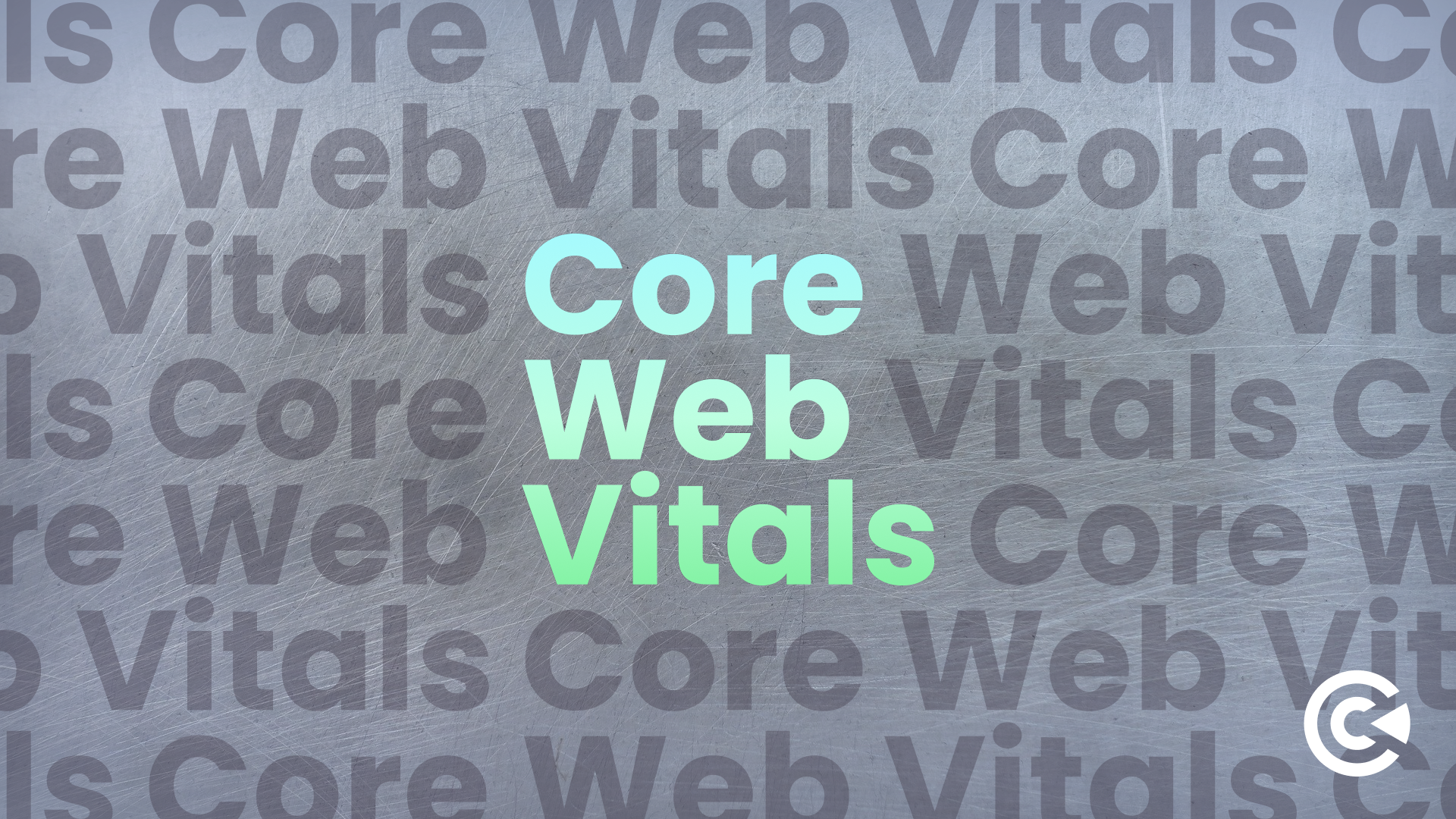Google Launches INP to Core Web Vitals!

A New and Dedicated Metric: Google Rolls Out INP to Core Web Vitals
User experience and web development continue to evolve, and Google is working to help site owners and developers boost performance standards and usability across web pages. One of Google’s recent initiatives is to introduce INP, or Interaction to Next Paint, a dedicated and new metric, as part of its evolving Core Web Vitals.
The idea is to move past (and update) the existing and original metric First Input Delay (FID). With this new change, Google plans to offer a thorough understanding of overall user interaction and responsiveness on-site. The intended result of this change is to heighten the user experience across sites.
Now, let’s touch on this new update and how it works in favor of site owners, especially small business owners and freelancers:
Perspective: What Does This New Change Mean?
You may not be aware of it, but the INP metric was announced back in 2022 and will launch by March 2024. At its core, the main focus of the Web Vitals initiative is to use this metric so that developers and site owners can render a seamless user experience. Particularly, it ties together with user responsiveness, which is a web page’s ability to have a prompt response to user interactions.
Chrome announces that INP is bound to become a dedicated metric in the Core Web Vital. This means INP will replace FID and become a stable metric of the Core Web Vital by March 2024. While INP is an experimental and new metric, it is here to stay and will help site owners boost site responsiveness and address FID limitations efficiently.
Technically, the INP metric will thoroughly review the quality of a page’s overall user experience. So, if the INP is low, it would highlight a consistent, reliable, and fast response from the page involving most user interactions.
How this Change Affects Site Owners and Google Search Console
When it comes to GSC, moving to the INP metric from FID offers site owners and web developers the data they need to improve the performance and user experience of their web pages.
Instead of the FID metric, site owners and developers will use the INP metric to check the responsiveness of a site. As per the guidelines of Core Web Vitals, if the site owners have made custom changes to their site, then the INP metric would heighten the responsiveness of their site’s pages and boost site performance.
A Closer Look at Interaction to Next Paint (INP)
INP has come into play as a new metric that would allow site owners to better assess the accuracy of their site’s overall user experience.
But in the Core Web Vitals, what does it mean that INP will soon replace FID?
For starters, developers and site owners will need to take strategic steps to review their web pages based on this new metric. Remember that INP takes into account the time it takes to process a user’s input and then the next visual change in place, like an interface element or new content.
Once INP officially replaces First Input Delay, or FID, in March 2024, site owners will notice that the Search Console report won’t showcase FID metrics anymore. Instead, it will utilize the INP metric to assess the accuracy of user responsiveness on sites.
What does this new change mean for small businesses and freelancers? Well, the good news is that freelancers and small businesses can try a few tactics to avoid the impact of unresponsive and slow sites and boost their INP scores altogether. Site owners can minify their site assets, optimize database queries, leverage caching, and use a content delivery network (CDN).
Benefits of INP Metric
With the roll out of Interaction to Next Paint, users and site owners can reap many benefits:
Improved User Satisfaction and Engagement
The fact is that a visually responsive and fast site leads to more user satisfaction and engagement. And one of the benefits of the INP metric is that it allows site owners to cut back on the time it takes for a page to get visually interactive.
This is a great opportunity for site owners to create a compact and immersive experience for diverse visitors. Also, it would likely lead to longer visitor sessions, a boost in conversions, and repeated visits.
Thorough Review of User Experience
When you take into account the time it takes for a site to visually respond after a direct user interaction, this is where the INP metric shines. Ultimately, it offers a holistic review of the entire user experience.
Whether it’s input or visual feedback, this metric allows site owners to visualize the entirety of user interaction. And instead of measuring the first existing interaction – the INP metric paints an accurate and comprehensive picture of the site’s responsiveness.
Real-World Scenarios
INP pairs well with real-world scenarios, which allows site owners to visualize user feedback right after the first interaction. With the INP metric, Google emphasizes the value of delivering a compact, responsive, and flawless user experience.
As a result, it gives site owners more autonomy over how they spot and address bottleneck issues that slow down visual updates.
What Makes a Solid INP Score?
The conventional way of pinning labels like “poor” or “good” responsiveness around a metric can be challenging. Google wants to ensure that site owners can deliver a top-notch user experience with lightning-fast responsiveness. Ideally, a good threshold would be to measure the 75th percentile of recorded page loads in the field and divide them across desktop and mobile devices.
If the INP is 200 or lower milliseconds– it will signify good responsiveness of a page. On the other hand, if the INP is 200 or higher milliseconds, it means the page is responsive but needs more improvement. And if the INP crosses the threshold of 500 milliseconds, it means the page has a slow and poor response rate.
Final Thoughts
The launch of Google’s INP for Core Web Vitals is a step in the right direction in reviewing the site’s user experience and performance benchmarks. This change also signifies that Google prioritizes prompt interactive responsiveness and feedback across all interactions in the user journey.
Whether you’re a small business owner or a freelancer, understand that site owners can now optimize for INP to boost their search ranking and offer a more satisfying, fulfilling, and engaging experience to users. Site owners should leverage the new changes and develop sites that can deliver impeccable usability and performance.


